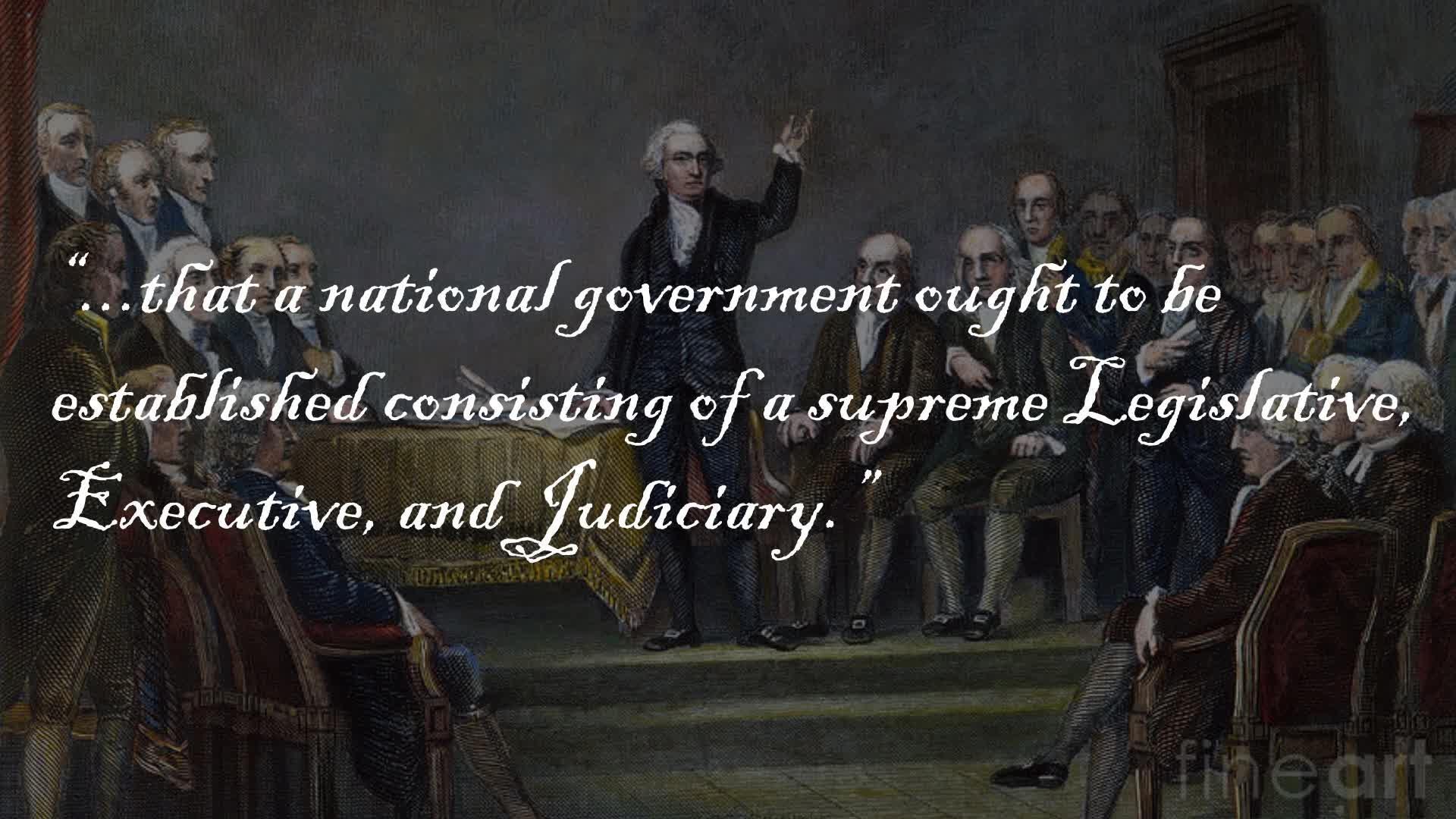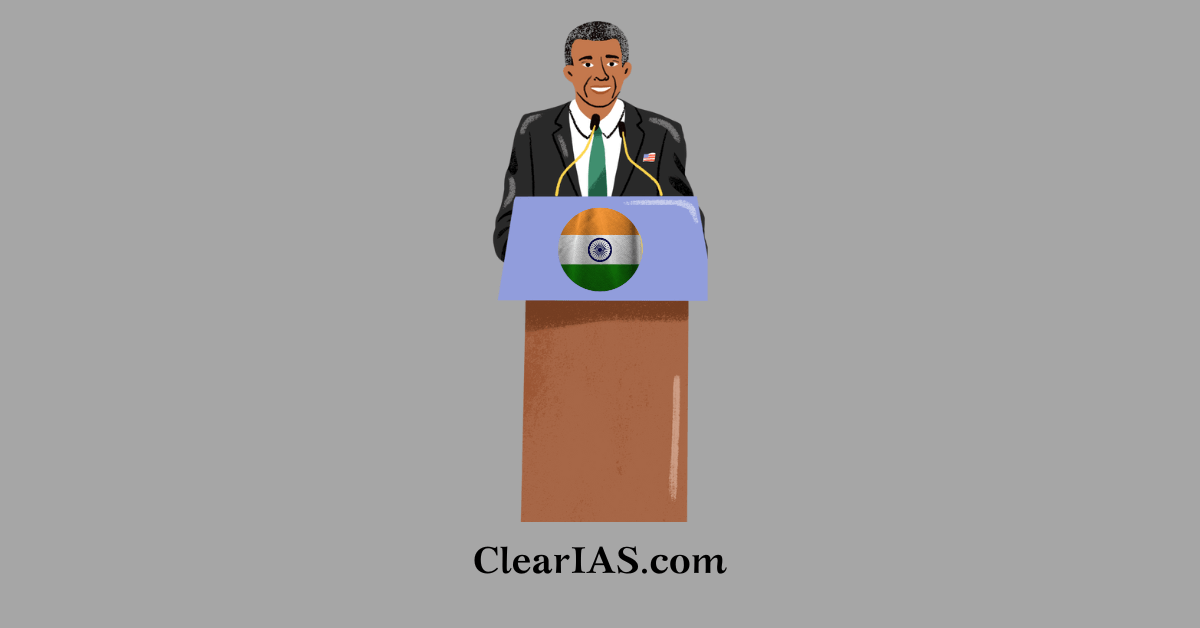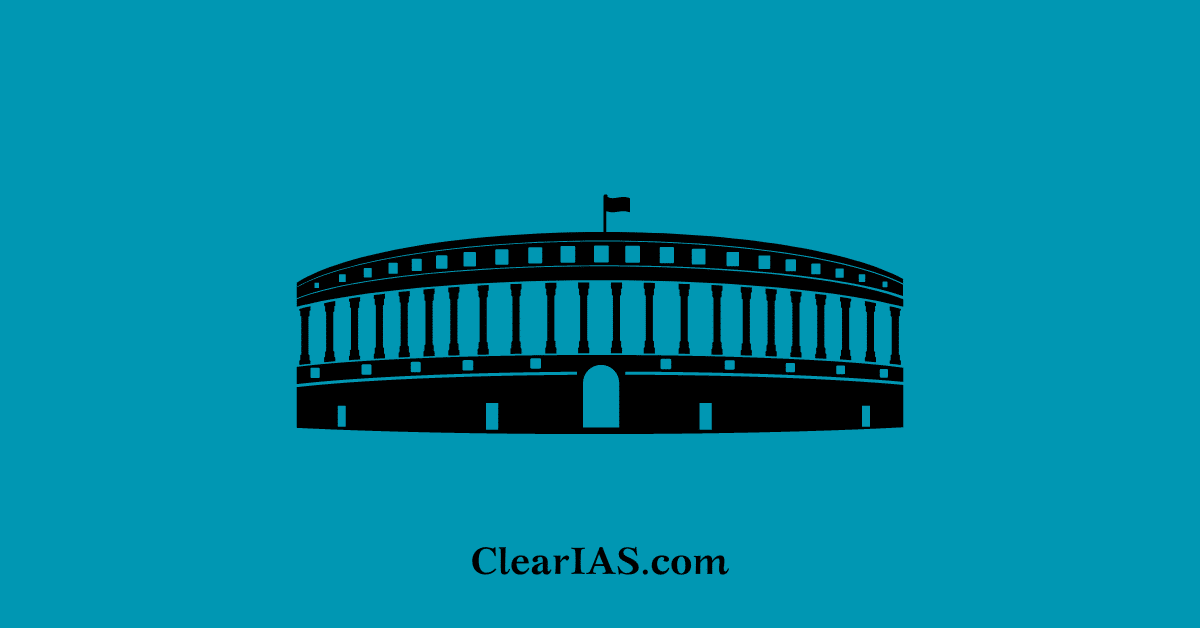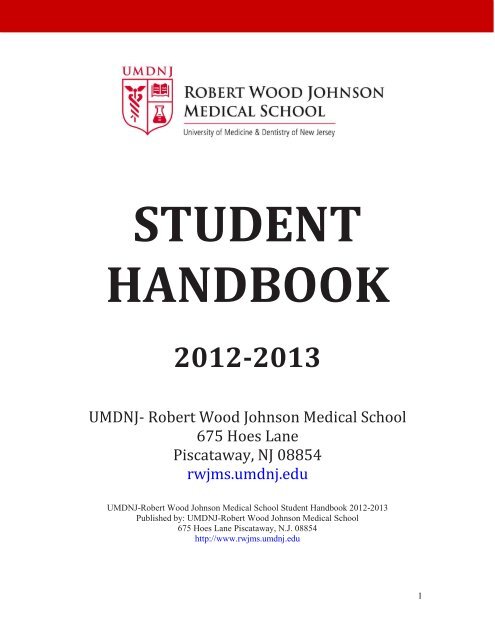Article II of the Constitution created the presidency. The president’s powers were stated more briefly than those of Congress. The president was granted “Executive Power,” including the power “with the Advice and Consent of the Senate,” to make treaties and appoint ambassadors. The president was also to serve as Commander in Chief of the army
We the people of the United States, in order to form a more perfect union, establish justice, insure domestic tranquility, provide for the common defence, promote the general welfare, and secure the
The Bill of Rights. In 1789, Madison, then a member of the newly established U.S. House of Representatives, introduced 19 amendments to the Constitution. On September 25, 1789, Congress adopted 12

Source Image: m.youtube.com
Download Image
Highlights Learning Objectives By the end of this section, you will be able to: Explain the reason for the design of the executive branch and its plausible alternatives Analyze the way presidents have expanded presidential power and why Identify the limitations on a president’s power

Source Image: pbs.org
Download Image
Penny International College Jss 2 Civic Education Third Term, Scheme of Work Week Topic | PDF | Elections | Voting
The Constitution of the United States contains a preamble and seven articles that describe the way the government is structured and how it operates. The first three articles establish the three branches of government and their powers: Legislative (Congress), Executive (office of the President,) and Judicial (Federal court system). A system of checks and balances prevents any one of these

Source Image: clearias.com
Download Image
The Presidency Was Established By Article _____ Of The Constitution.
The Constitution of the United States contains a preamble and seven articles that describe the way the government is structured and how it operates. The first three articles establish the three branches of government and their powers: Legislative (Congress), Executive (office of the President,) and Judicial (Federal court system). A system of checks and balances prevents any one of these
Article II of the U.S. Constitution establishes the Executive Branch of the federal government. The Executive Vesting Clause, in Section 1, Clause 1, provides that the federal executive power is vested in the President. Section 3 of Article II further requires the President to take Care that the Laws be faithfully executed. 1 Footnote U.S
President of India – Discretionary Powers – Clear IAS
t. e. Article Two of the United States Constitution establishes the executive branch of the federal government, which carries out and enforces federal laws. Article Two vests the power of the executive branch in the office of the president of the United States, lays out the procedures for electing and removing the president, and establishes the
Complementar ENEM_Livro 04_ING

Source Image: yumpu.com
Download Image
The Presidency Chapter 8. The Presidency Lecture Outline Presidents must be able to exercise unwritten powers just as effectively as constitutional powers. – ppt download
t. e. Article Two of the United States Constitution establishes the executive branch of the federal government, which carries out and enforces federal laws. Article Two vests the power of the executive branch in the office of the president of the United States, lays out the procedures for electing and removing the president, and establishes the

Source Image: slideplayer.com
Download Image
We the people of the United States, in order to form a more perfect union, establish justice, insure domestic tranquility, provide for the common defence, promote the general welfare, and secure the
Article II of the Constitution created the presidency. The president’s powers were stated more briefly than those of Congress. The president was granted “Executive Power,” including the power “with the Advice and Consent of the Senate,” to make treaties and appoint ambassadors. The president was also to serve as Commander in Chief of the army

Source Image: loc.gov
Download Image
Penny International College Jss 2 Civic Education Third Term, Scheme of Work Week Topic | PDF | Elections | Voting
Highlights Learning Objectives By the end of this section, you will be able to: Explain the reason for the design of the executive branch and its plausible alternatives Analyze the way presidents have expanded presidential power and why Identify the limitations on a president’s power

Source Image: scribd.com
Download Image
The Legislative Branch Of US Government: Quiz – Trivia & Questions
Read Interpretations of Article II, Section 4. SECTION. 1. The executive Power shall be vested in a President of the United States of America. He shall hold his Office during the Term of four Years, and, together with the Vice President, chosen for the same Term, be elected, as follows: Each State shall appoint, in such Manner as the
(65).jpg)
Source Image: proprofs.com
Download Image
Parliament (Articles 79-88/122) – Clear IAS
The Constitution of the United States contains a preamble and seven articles that describe the way the government is structured and how it operates. The first three articles establish the three branches of government and their powers: Legislative (Congress), Executive (office of the President,) and Judicial (Federal court system). A system of checks and balances prevents any one of these

Source Image: clearias.com
Download Image
STUDENT HANDBOOK – Robert Wood Johnson Medical School …
Article II of the U.S. Constitution establishes the Executive Branch of the federal government. The Executive Vesting Clause, in Section 1, Clause 1, provides that the federal executive power is vested in the President. Section 3 of Article II further requires the President to take Care that the Laws be faithfully executed. 1 Footnote U.S

Source Image: yumpu.com
Download Image
The Presidency Chapter 8. The Presidency Lecture Outline Presidents must be able to exercise unwritten powers just as effectively as constitutional powers. – ppt download
STUDENT HANDBOOK – Robert Wood Johnson Medical School …
The Bill of Rights. In 1789, Madison, then a member of the newly established U.S. House of Representatives, introduced 19 amendments to the Constitution. On September 25, 1789, Congress adopted 12
Penny International College Jss 2 Civic Education Third Term, Scheme of Work Week Topic | PDF | Elections | Voting Parliament (Articles 79-88/122) – Clear IAS
Read Interpretations of Article II, Section 4. SECTION. 1. The executive Power shall be vested in a President of the United States of America. He shall hold his Office during the Term of four Years, and, together with the Vice President, chosen for the same Term, be elected, as follows: Each State shall appoint, in such Manner as the